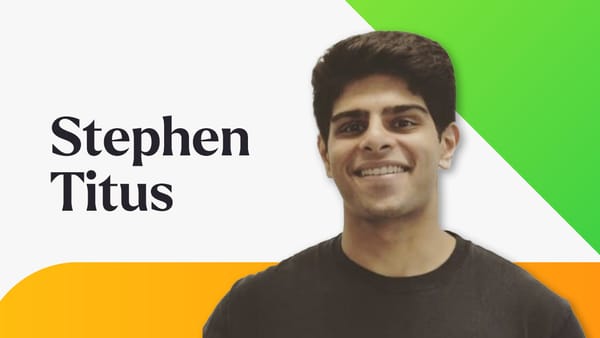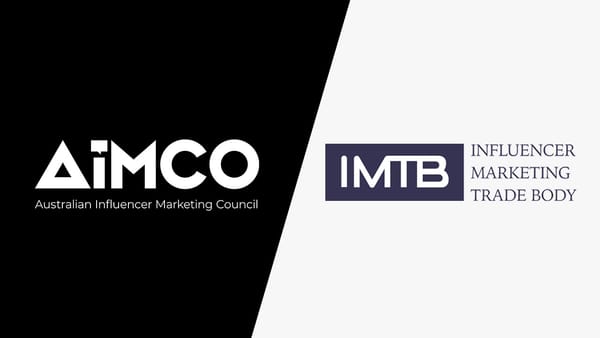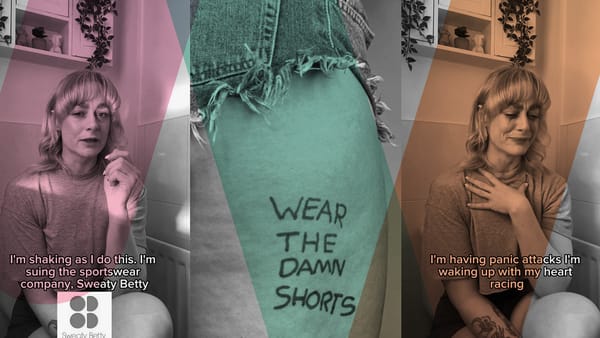Return on investment (ROI) is one of the key metrics that help evaluate the performance of your advertising campaigns. The higher it is, the more successful you are and the more efficient your money work. When investing in influencer marketing and setting a budget for a campaign, brands are used to relying only on the results the influencers give them directly.
It means no other advertising formats are used here and no other marketing activities are considered. Such an approach can be viable, the experience of thousands of marketers and brands show that it works and influencers show reasonable results, basically, that’s why influencer marketing is one of the major fields of digital marketing generally and grows further.
But there is a way to gain more profit, the maximum possible. A marketing campaign as a whole consists of various activities, messages (digital, in this case), and media formats – let’s say, they all are patches. They may work well separately, but the real strength is in unity. To unleash all the influencer marketing potential and strengthen other ads, the patches have to be sewn together to make a complete picture.
To do it right, one has to consider a few vital points:
- Give an influencer specifications to make the content you could use further.
- Negotiating the deal and buying the right to use the influencer’s content.
- Adapting the content for other ad formats.
- Using the content on other platforms.
Let’s see what it all means.
Tailoring a technical task for an influencer
So, you decided to increase your ROI with the help of influencers. Good, now you have to think about what content you want to work with further. What really has the meaning is your goal. Do you want to increase brand awareness? Or attract new customers? Or the campaign is aimed at user retention? Depending on your answer, the goal may vary, and so may the specifications you need to give to the influencers engaged in your ad campaign.
You have a product or service with its profits for the clients; you know your target audience’s concerns and desires, and you have an influencer with their own unique way of reaching out to the audience. The sum of all these knowledge and instruments gives you a clear image of what exactly you want the influencer to convey. This is where your specifications list starts.
- Tell the influencer more about your brand and product so that they can dive deeper into the vital features and understand the product and your values better. Ideally, the influencer has to become a sincere enthusiast that promotes the product with joy.
- Highlight the most important parts, and set the accents. Usually, there is no necessity to tell the audience everything in one go, just stick to the most valuable features that can spark interest precisely in the target audience. This is what the influencer should talk more about and be passionate about – just like you yourself.
- Besides specifying what the influencer should do and say, also specify what they shouldn’t. For example, no mentioning of competitor brands, no cursing, and slurs in the ads, and no live crocodiles should be in frame… Anything you can come up with that can be of some importance.
All these points are related to the content itself. Don’t forget to set more technical requirements. For example:
- The ads should be at least two minutes long and no longer than three minutes.
- The video has to be a quality one, the picture has to be clear.
- The sound in the videos has to be clear too, so it’s better to use a proper microphone.
- The call to action has to be articulated well.
- The influencer has to be right in the center of the frame.
All these will help you adapt the content for further usage.
Buying the right to use the influencer’s content
No, you don’t automatically get all the rights on the ads if an influencer made them for your brand. Yes, the influencer still is the copyright holder despite you paying them for promotion. Yes, you can become the right holder.
To use the content made for you by the influencer, you have to add a clause on the purchase of rights to do so to your contract. It’s a legal standard, after all, you are going to use the influencer’s face and/or the result of their creative work.
First, you need to consult a lawyer or an experienced agency specialist to word the conditions right. Second, negotiate the conditions with the influencer. Many of them agree to your conditions right away when they see their fee amount rising a bit, so it’s no big deal. But some of them may be strictly against such deals, so you have to be patient to convince them or step back and find someone else for such a contract. Be sure to always act legally.
Adapting the content and using it on other platforms
Now you have a video, a picture, and/or an audio file of the influencer promoting the product to yourself. Great! Time to adapt the content for the platforms that the influencer didn’t use initially.
The audiences on different platforms may overlap, but they are not fully the same and they are used to consuming a specific kind of content on each platform. According to the BuzzGuru analytics platform, 88.5% of influencers who have over 10,000 subscribers at least on one platform have more than one social media account, so their audiences on different platforms intersect as well.
For example, one can’t simply launch some YouTube ads on Instagram, it just needs another shape. This is one of the reasons why you have to specify some technical moments when giving the influencer instructions. The more quality content you get, the easier it is to adapt it: cut, add some frames, remount, etc.
Learn the specifics of the platforms you are going to conquer or give your team of specialists an opportunity to show themselves. If we are talking about video, for example, you can get static pictures out of it to edit and the sound to mix. The video itself can be reworked creatively to meet the needs and expectations of the audience on the selected platform, as well as its technical requirements.
Why is using influencers’ content on multiple platforms becoming a marketing standard?
The ads work better when you trust the person who promotes the product. It even becomes more like personal advice than promotion. Content creators are called influencers for a reason: they influence the audiences and their opinion, and they do it on a more personal level.
Influencers are valued in marketing because they have the people’s attention and what’s more important – trust. Seeing and hearing an influencer you trust telling about a product via multiple media channels makes you more loyal to the product and the brand.
This way, a brand gains more credibility in addition to increasing ROI. You only pay an additional fee to the influencer once, and it saves you from having to make content from scratch completely on your own – you don’t spend much money on production. It also gives you a promoter your target audience trusts.








